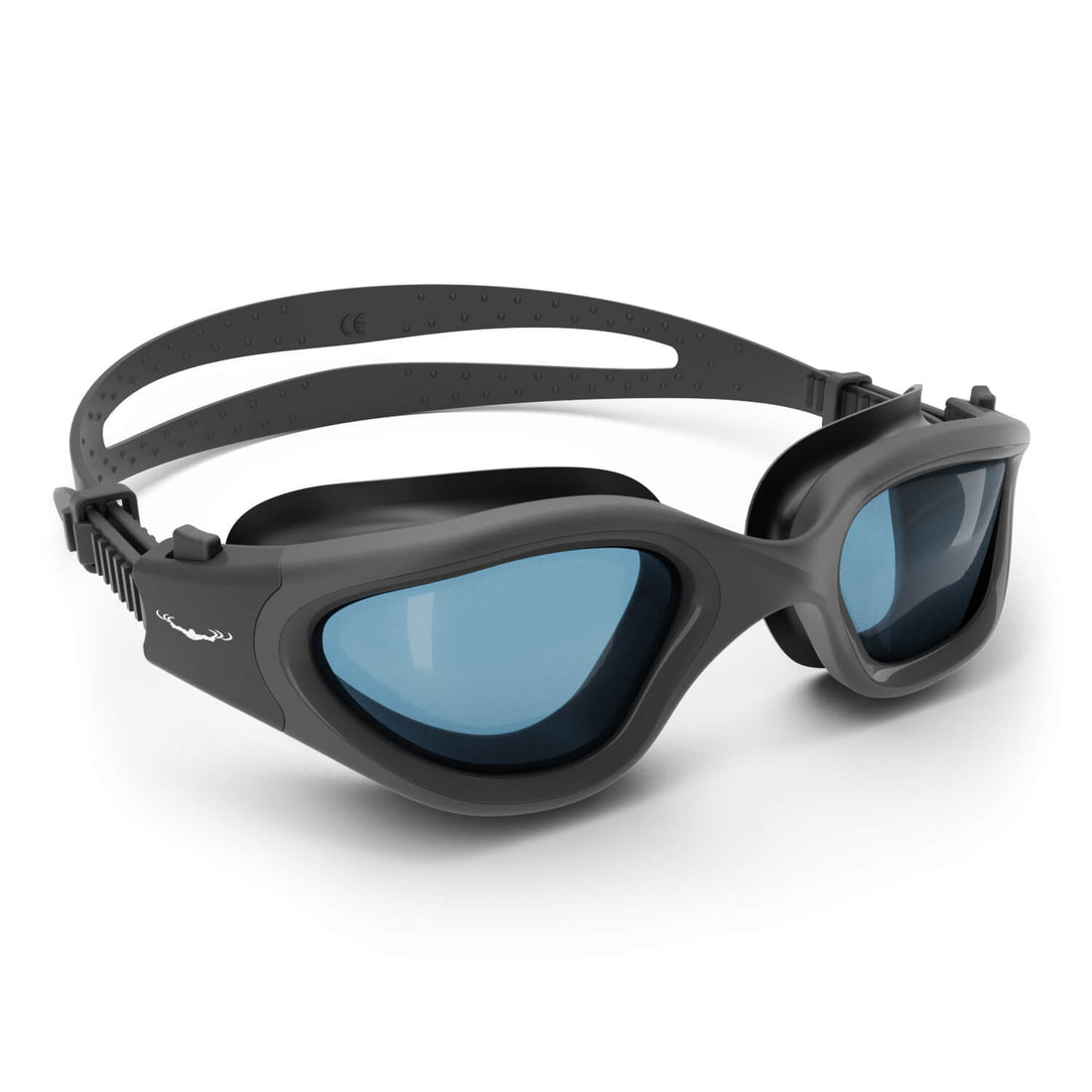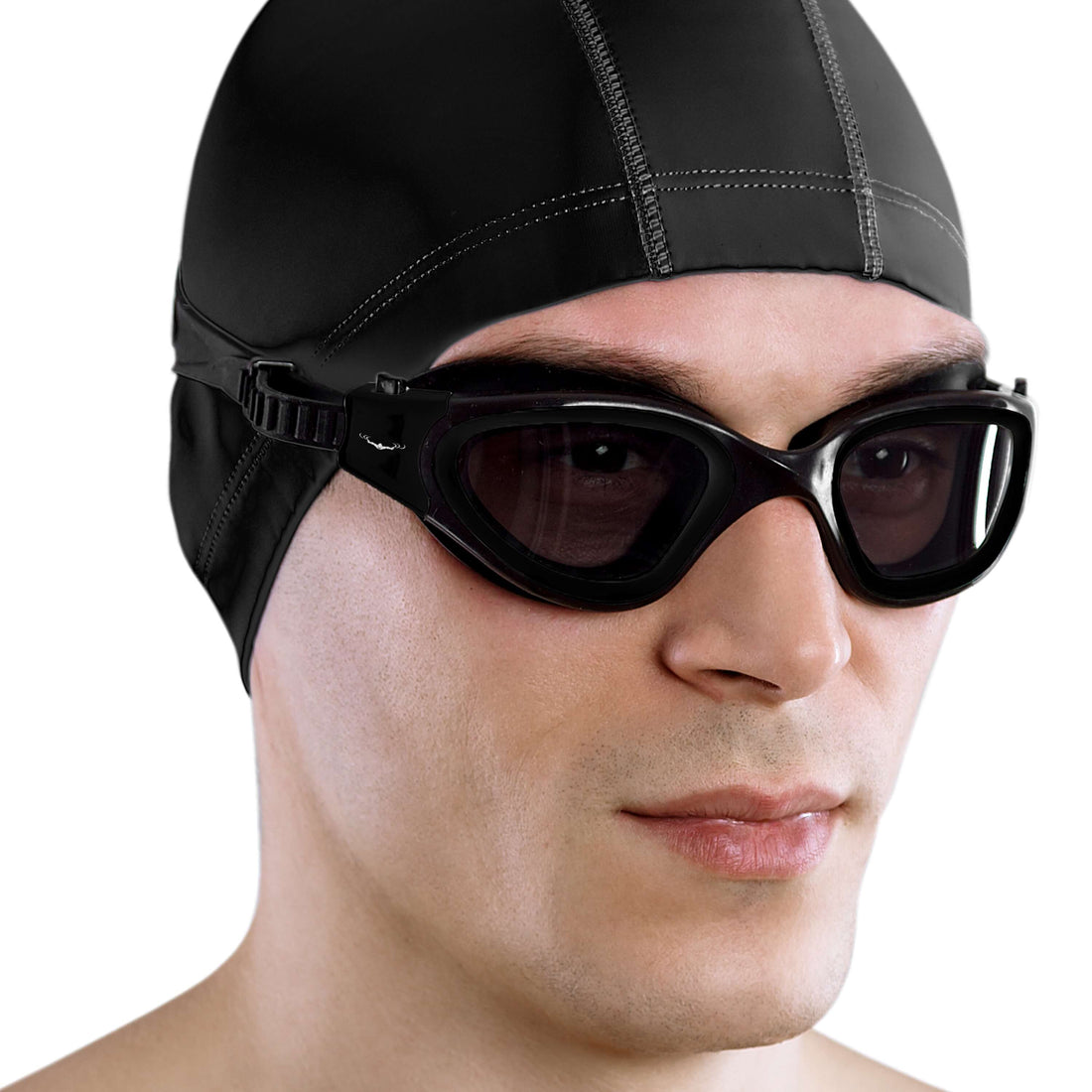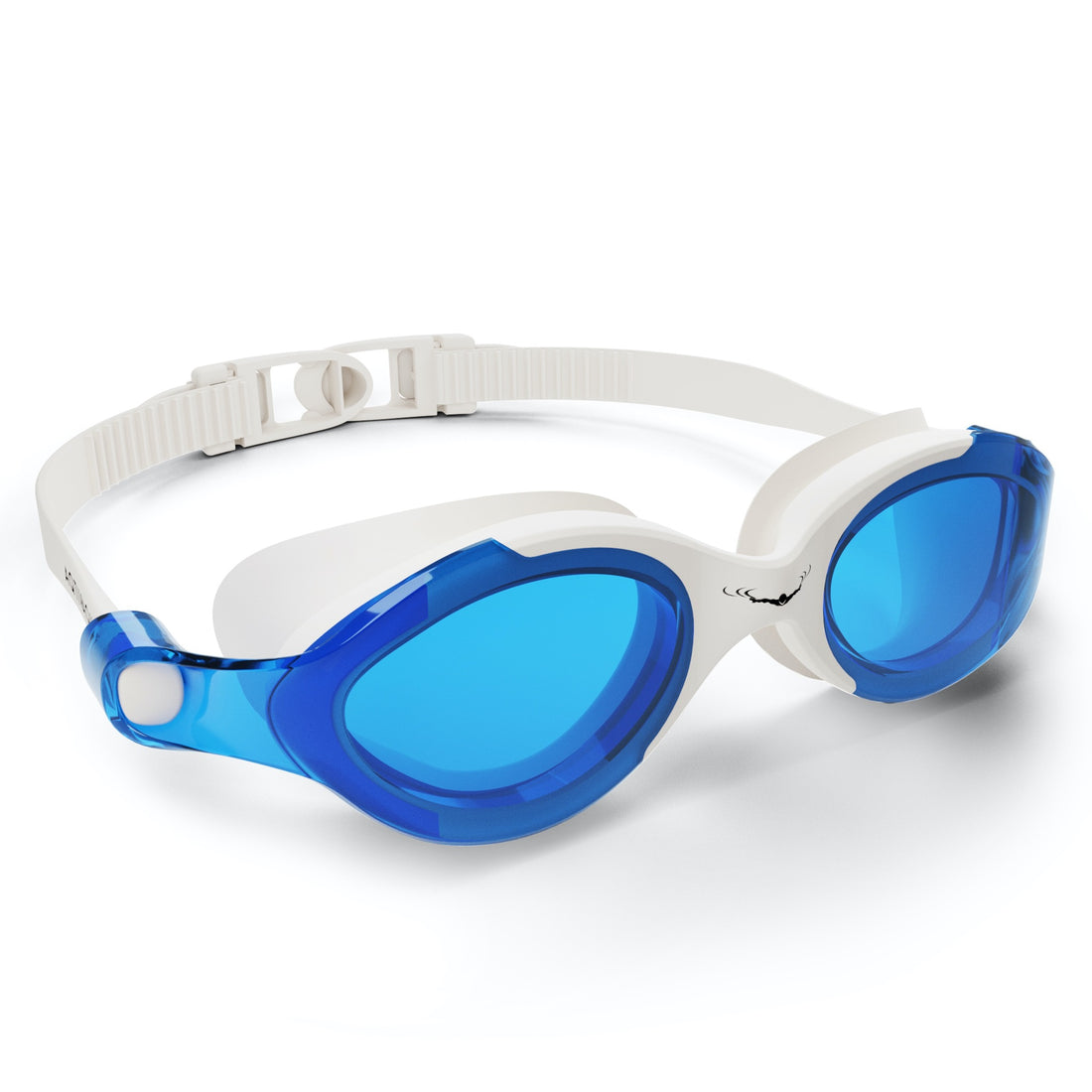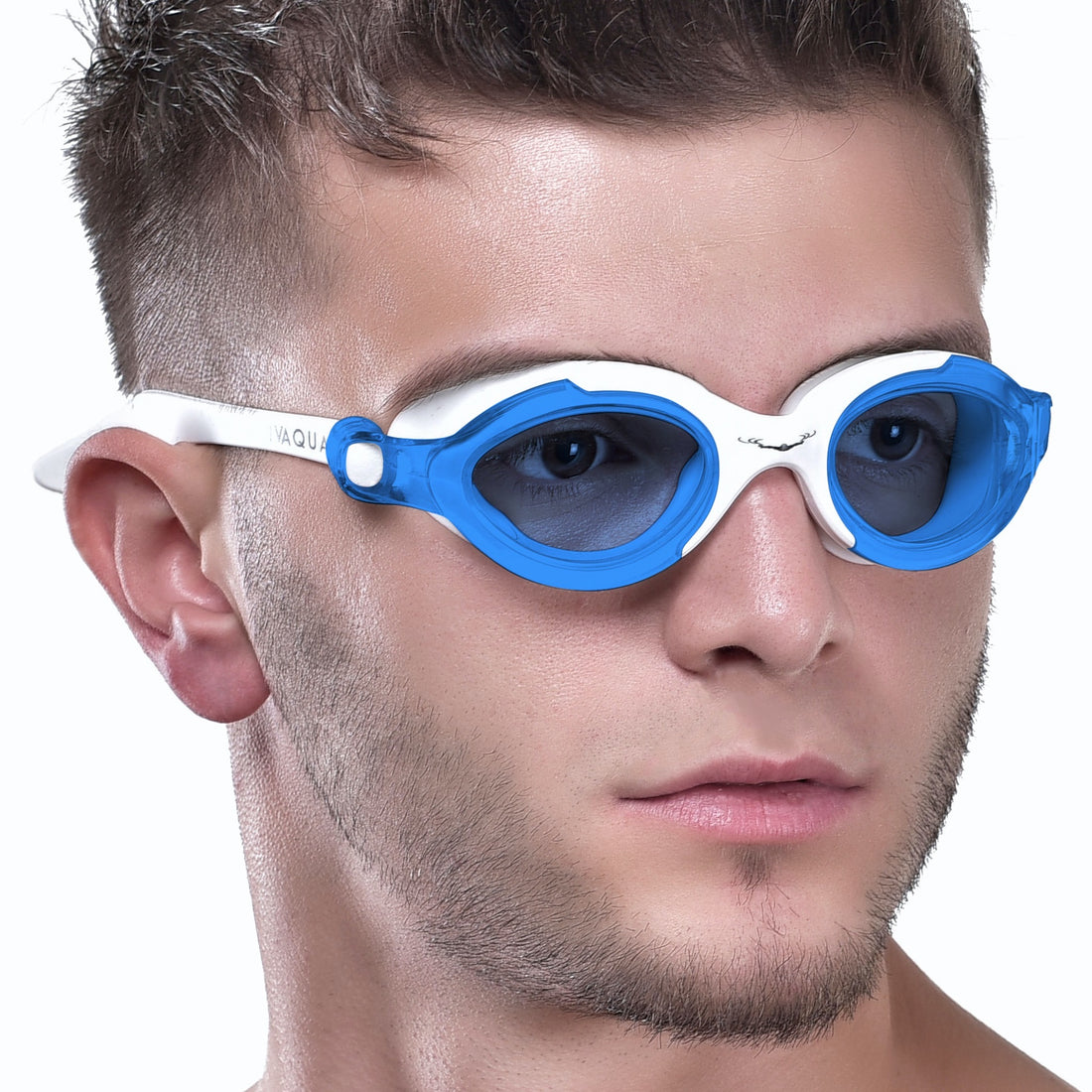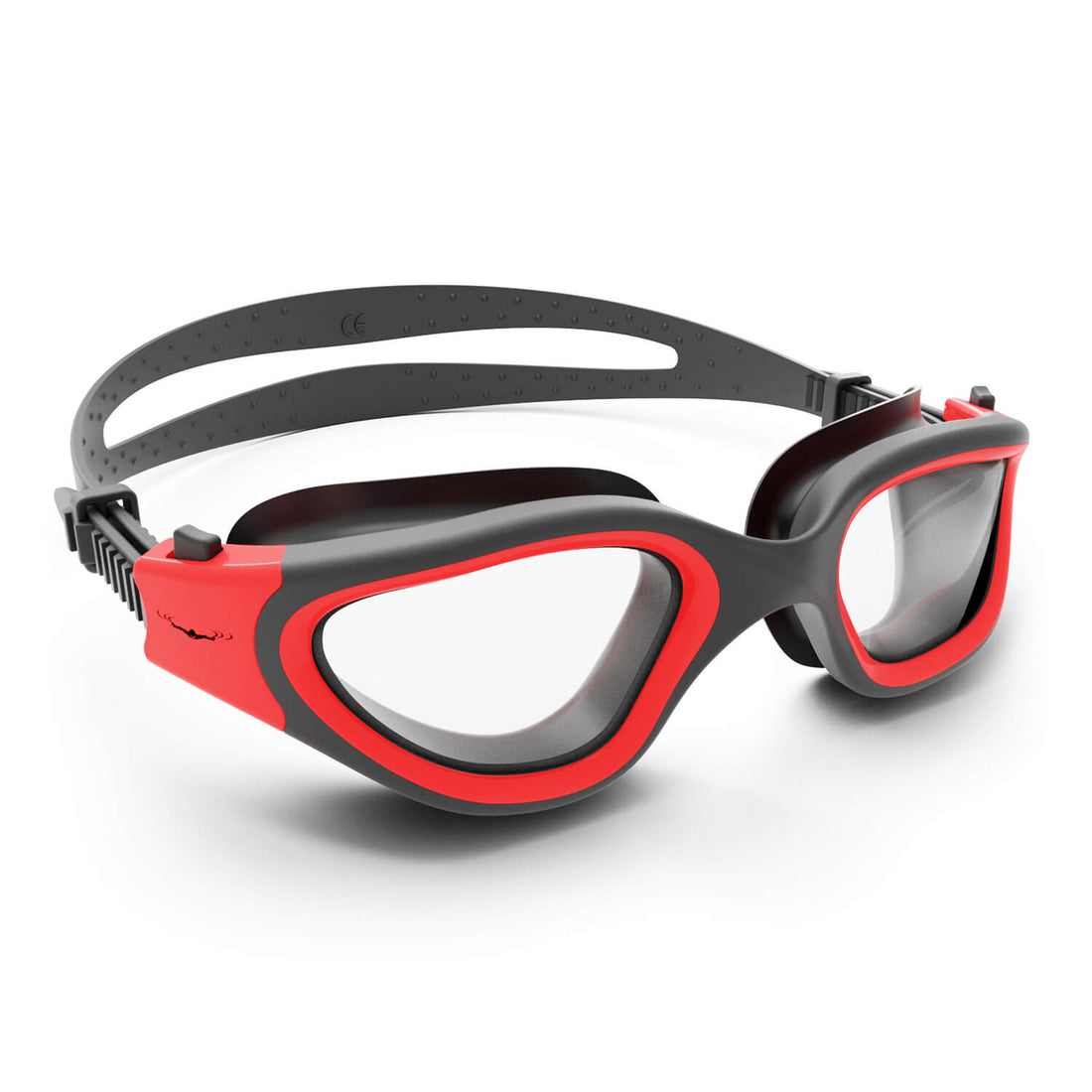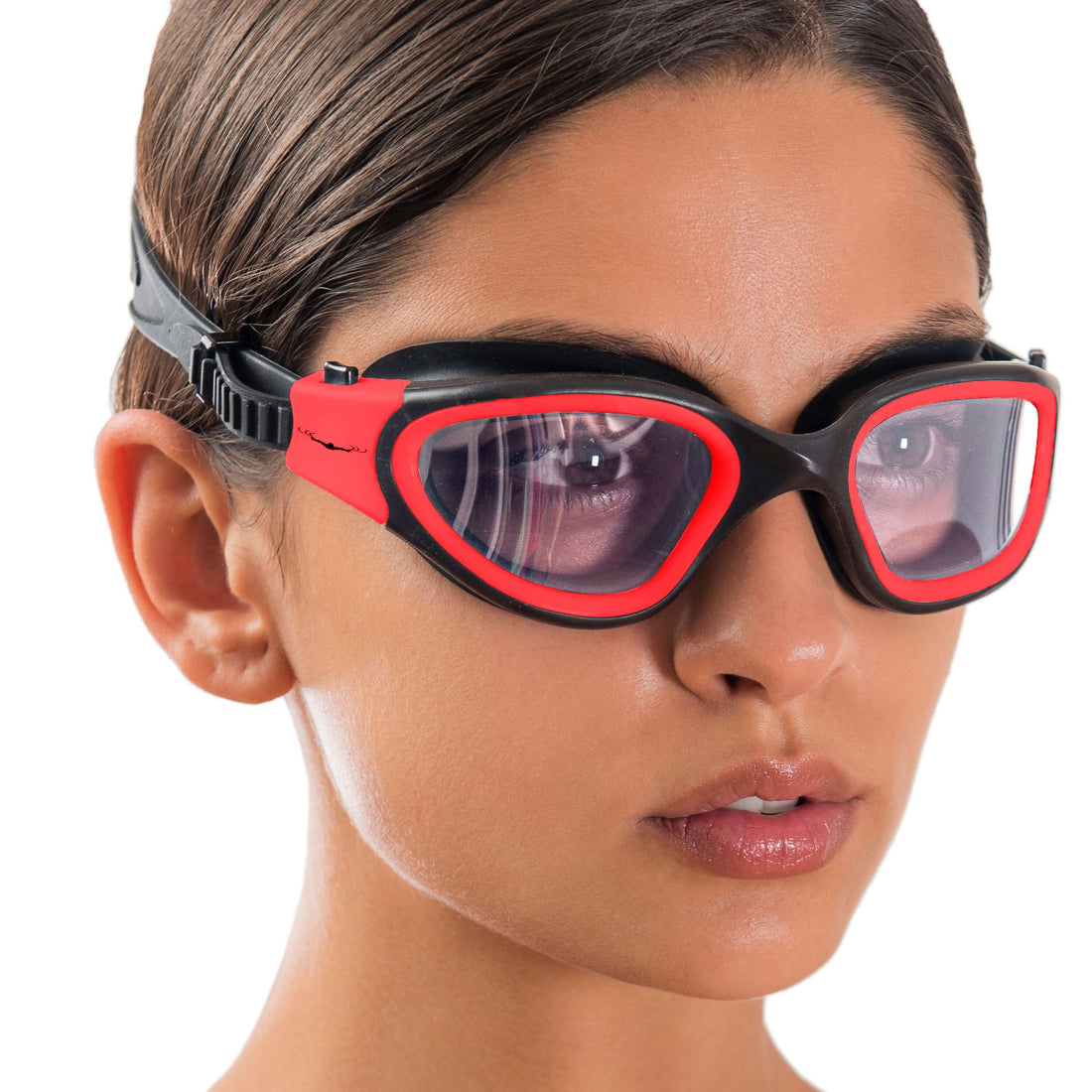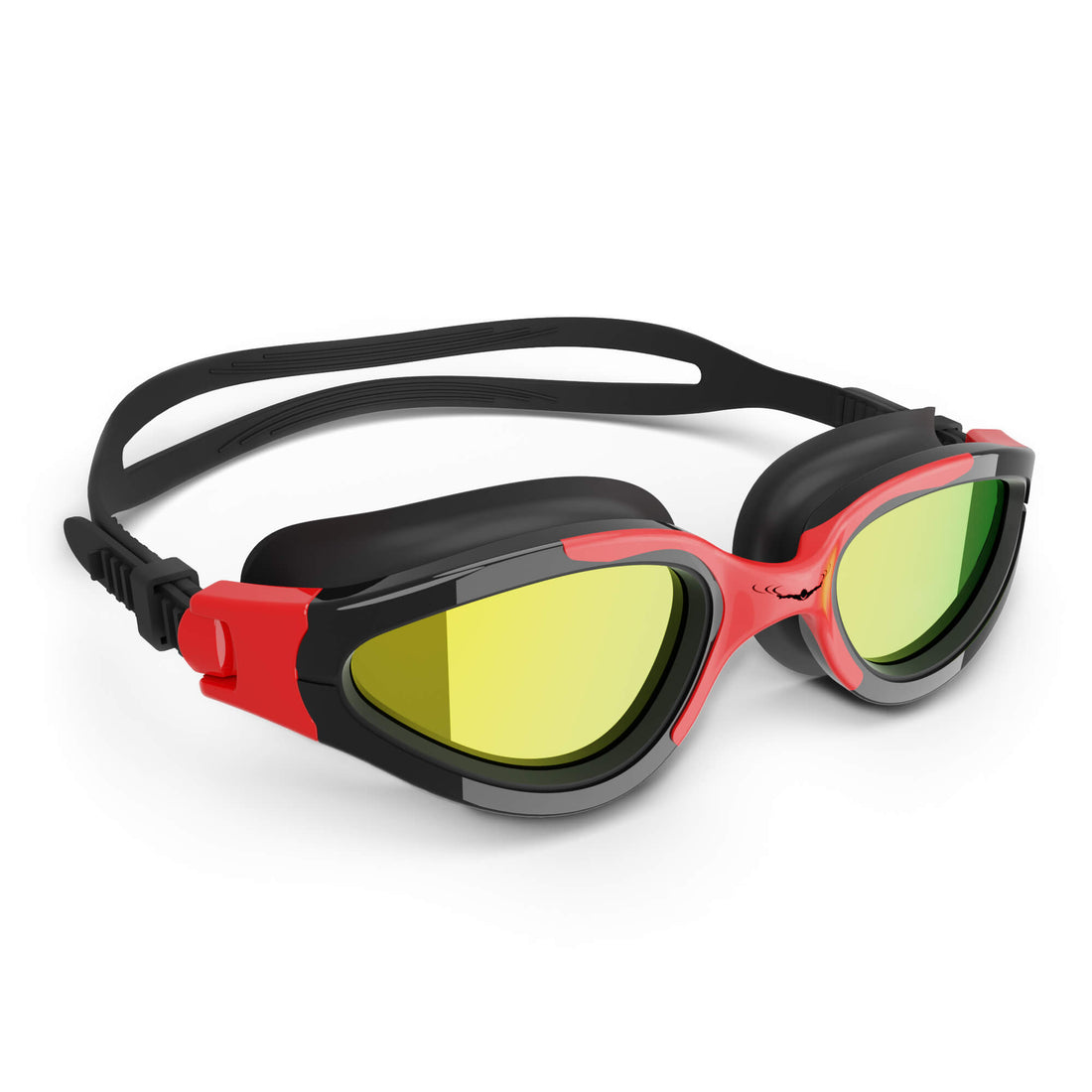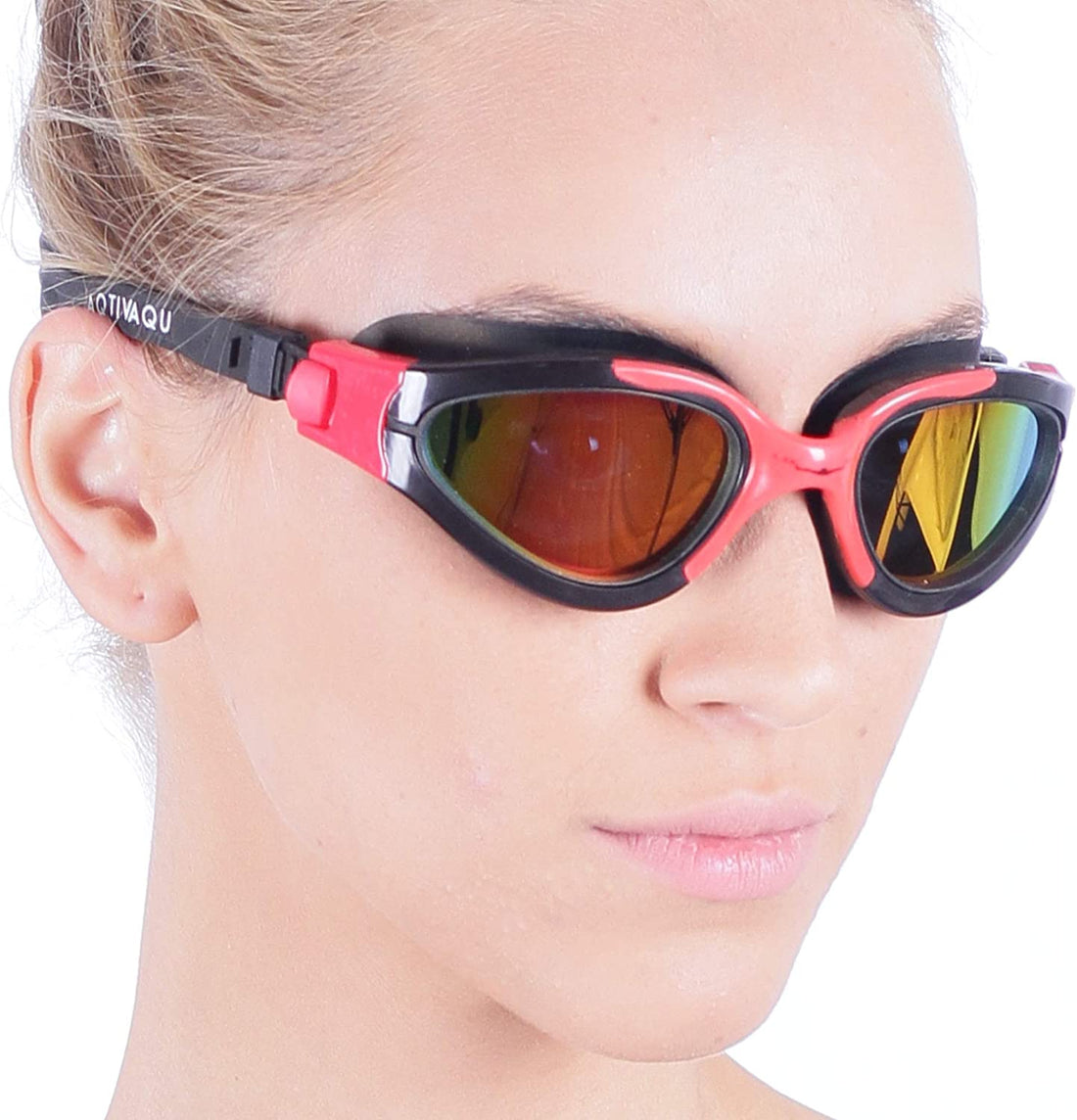Overview
Cold water swimming can be invigorating but requires preparation and safety awareness. Key tips include investing in proper gear, acclimatizing your body, observing safety precautions, mastering breathing techniques, and warming up post-swim. Joining a community of cold water swimmers can enhance your experience and provide support. Embrace the challenge and enjoy the refreshing adventure!
Frequently Asked Questions
1. What is considered cold water for swimming?
2. What gear should I invest in for cold water swimming?
3. How can I prepare my body for cold water swimming?
4. What safety precautions should I follow while swimming in cold water?
5. What should I do after cold water swimming to warm up?
Swimming in cold water can be an invigorating experience, but it also comes with its own set of challenges. Whether you’re a seasoned swimmer or a newcomer to cold water, understanding how to prepare and adapt is essential. In this guide, we’ll share expert advice on how to stay warm, safe, and enjoy your frigid swim. Dive in and discover the best tips for swimming in cold water!
Understanding Cold Water Swimming
Before we delve into practical tips, it’s important to understand what cold water swimming entails. Generally, water temperatures below 70°F (21°C) are considered cold, and anything below 60°F (15.5°C) requires extra precautions. Cold water can sap your energy quickly, leading to hypothermia if you’re not careful. Keep reading to discover effective techniques that will help you conquer the cold!
Preparing Yourself for Cold Water
Gear Up Wisely
Investing in the right gear is crucial for a comfortable cold water swim. This doesn’t mean you have to break the bank; however, quality gear can make a significant difference. Consider wearing:
- Wetsuits: A good wetsuit keeps you insulated and confined while providing buoyancy.
- Neoprene swimming headband: Essential for retaining heat as a significant amount escapes through your head, using a neoprene swimming headband will help you stay warmer.
- Swim caps: Like headbands, swim caps provide extra insulation to your head, which is particularly helpful in cold environments. Not only do they keep you warm, but they also streamline your swim.
- Gloves and Booties: For even colder water, consider neoprene gloves and booties to protect your hands and feet.
- Goggles: Ensure your goggles provide a good seal and are adaptable for different weather conditions.
Acclimatize Your Body
Once you have your gear ready, it’s time to prepare your body. Acclimatization is key when you’re gearing up for cold water swimming. Gradual exposure can help your body adapt to the lower temperatures. Start by:
- Taking cold showers to prepare your skin.
- Swimming in progressively cooler pools or lakes leading up to your swim.
- Spending time in the water even if you initially feel uncomfortable, as your body will begin to adjust.
When You’re in the Water
Observe Safety Precautions
Safety should always be your top priority. Cold water can pose risks such as hypothermia and impaired swimming ability. Always follow these precautions:
- Swim with a buddy or a group. It’s always safer to swim in numbers, especially in unknown waters.
- Pay attention to weather conditions. Avoid swimming in storms or high winds.
- Be aware of your body signals. If you start feeling excessively cold or disoriented, exit the water immediately.
- If possible, check water temperatures in advance and avoid swimming in water that is too cold for your level of cold-water acclimatization.
Mastering Your Breathing Techniques
Cold water often shocks the body, affecting your breathing patterns. To counter this:
- Practice mindful breathing. Focus on taking deep, controlled breaths rather than short, panicked ones.
- Inhale through your mouth and exhale through your nose to maximize oxygen intake while stabilizing your body temperature.
- Try to breathe rhythmically as you swim. This will help keep your movements controlled and smooth.
Post-Swimming Recovery Tips
Warm Up Quickly
After your cold water swim, prompt recovery is essential. Here are a few steps to ensure you warm up safely:
- Shower with warm water immediately after your swim. Avoid hot water as it can shock your system.
- Put on dry clothes as soon as possible, focusing on thermal wear to retain heat.
- Consume warm drinks like tea or hot chocolate to help raise your internal body temperature.
- Engage in light stretching or movement once you're dry to prevent stiffness and promote circulation.
Monitor Your Body Temperature
It’s crucial to keep an eye on your body temperature signs after swimming:
- Be aware of shivering; it’s your body’s natural response to cold.
- Monitor any signs of dizziness, confusion, or extreme fatigue; these may be indicators of hypothermia.
- If you feel unusually cold after a swim, hydrate yourself and wrap up in layers to bring your body heat back up.
Join a Community of Cold Water Swimmers
One of the best ways to enhance your cold-water swimming journey is by connecting with like-minded individuals. Joining a community can provide invaluable support, motivation, and knowledge-sharing.
- Look for local clubs or online communities where you can find fellow cold-water enthusiasts.
- Participate in group swims or events which provide a sense of camaraderie and accountability.
- Share your experiences, tips, and personal stories discovered along the way to enrich your swimming journey and connect with others.
Unlock the Joy of Cold Water Swimming
Venturing into cold water swimming doesn’t have to be intimidating. With the right preparation, gear, and mindset, it transforms into a rewarding experience that invigorates your body and spirit. From investing in essential accessories like a neoprene swimming headband and swim caps to connecting with a community of swimmers, embracing the cold opens the door to a unique adventure.
So wrap up your nerves, gear up with a fierce determination, and take the plunge into the refreshing waters waiting for you! Happy swimming!
Linked Product

Neoprene Swimming Headband - Swim Ear Band Protection Cover - Hair Guard - Keep Ear Plugs IN
The Neoprene Swimming Headband offers effective ear protection by securely holding earplugs in place, making it suitable for individuals with ear tubes or perforated eardrums. Its quick-dry material not only keeps ears warm in cold water but also helps manage hair during swims. Available in multiple sizes for various ages, the band is designed for comfort and improved visibility in both pools and open water.
View Product


